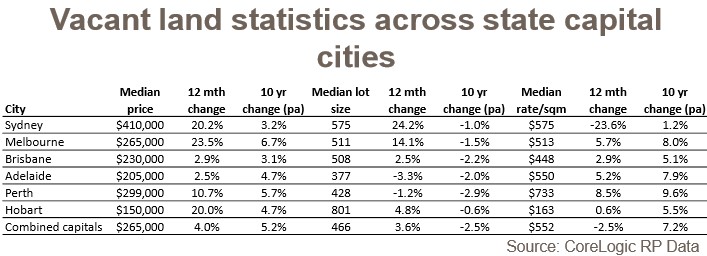From the AFR:
Foreign property investors who’ve been punished with extra taxes and surcharges in NSW, Queensland and Victoria will be spared from any extra imposts in South Australia, with Treasurer Tom Koutsantonis vowing not to pursue any similar moves in his State Budget to be announced on Thursday.
Mr Koutsantonis told the Australian Financial Review on Wednesday there would be no extra charges on foreign property investors in residential real estate, in contrast to the eastern states.
“I will not be doing anything that in any way hurts foreign property investors,” Mr Koutsantonis said on Wednesday.
“These types of taxes have no place in this country,” he said.
You’ll forgive me for saying so but that is ridiculous. By all means chase the people ponzi, Treasurer, but don’t pretend it is you supporting a “trading state”. Your Holden plant is already leaving because it could no longer compete and bringing Asian immigrants and investors to Adelaide to bid up land prices ain’t going to bring it back. Holden produced cars that are tradable and need to compete on costs. Real estate produces nothing and only inflates costs.
As Leith has written before, Mr Koutsantonis has already helped hollow out his state economy:
Treasurer Tom Koutsantonis said it was another step in the Government’s plan to increase urban density.
“It creates more jobs and more prosperity and more wealth and gives people affordable housing in very limited and scarce land releases that are close to existing infrastructure like schools, buses and existing transport routes,” he said.
Mr Koutsantonis said the State Government would continue to offer a $15,000 first home owner’s grant for new homes, meaning some people would be eligible for $30,500 in government incentives.
“That’s a good deal at a time when interest rates are at record lows,” he said.
“I’m not asking South Australians to make decisions they can’t afford. I’m just saying to them there’s never been a better time to go out and buy a house.”
Back in April, Mr Koutsantonis’ Government passed laws further tightening South Australia’s various urban growth boundaries across Adelaide and regional towns, thus severely limiting fringe land supply.
This represented the latest salvo in the South Australian Government’s war against on urban “sprawl”, which began in 2002 when the Government first implemented a formal urban growth boundary. It has also set a target for 70% of new housing to be provided within the pre-existing urban area, as well as operating a cumbersome development approvals system, whereby Productivity Commission estimates that it takes between 2 to 13 years to complete the land supply process.
Indeed, the South Australian planning minister has previously articulated the Government’s opposition to sprawl with the following quote:
“Whatever the policy of individual industry groups may be regarding the urban growth boundary, the government position is clear. We do not speak for industry. Urban sprawl cannot continue… Subdivision of green fields sites will occur only when required to maintain an adequate stock of rezoned land and only when structure plans and infrastructure requirements have been addressed. A priority is quality urban regeneration.”
The end result of these policies is that average Adelaide vacant lots are the smallest in the nation and the third most expensive on a rate per square metre basis, having risen on average by 7.9% per annum in the decade to 2015 (see below table). This cost escalation comes despite Adelaide being an economic ‘rustbelt’ and experiencing relatively moderate population growth.

You’re reaching for more of the very poison that’s killed your “trading state”, Mr Koutsantonis.

